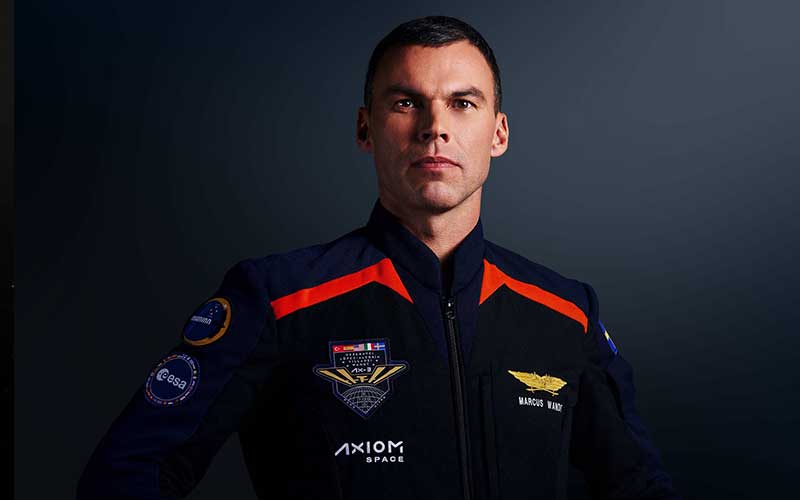
The European Space Agency’s first project astronaut Marcus Wandt has launched aboard an Axiom-sponsored SpaceX Crew Dragon mission on his way to the International Space Station (ISS).
Wandt and his three crew members were launched aboard the Crew Dragon Freedom atop a Falcon 9 rocket from the Kennedy Space Center late yesterday. After a successful deployment into low Earth orbit, the crew of four began their 36-hour journey to the ISS. Crew Dragon Freedom is expected to dock with the station at 10:15 UTC tomorrow. The crew is expected to remain aboard the station for 14 days.
While the launch was routine, the “project astronaut” designation given to Wandt for his mission to the ISS is a new one.
The Swedish astronaut was selected as part of the most recent ESA astronaut class, which was announced in November 2022. He was, however, not among the five career astronauts and was instead selected as one of 11 reserve astronauts. While this should have put him on the bench while career astronauts prepared for missions to the ISS, Sweden made the decision to purchase a flight for Wandt directly from Axiom, a commercial spaceflight provider that utilizes SpaceX Crew Dragon missions. While this process was conducted outside agency channels, because Wandt was selected as an ESA reserve astronaut, Sweden was obliged to involve the agency in accordance with the European Astronaut Policy. While the arrangement does allow Wandt to become an ESA astronaut temporarily, he is employed under a fixed-term contract that will be concluded on this return to Earth. He will then rejoin the ranks of astronaut reserves.
“Europe is redefining the pathway to show how fast-track missions in low Earth orbit can generate good science, outreach, and education for a better life on Earth, explained ESA director general Josef Aschbacher. “This short-duration flight is also a first step to prepare for the commercialisation of low Earth orbit in a future without the International Space Station. We are using private companies to help us run our science and technology programmes in space.”
During his time aboard the ISS, Wandt will be kept busy. The Swedish astronaut has a schedule that includes over 80 hours of science and experiments. In total, he will conduct 20 experiments while orbiting Earth.
As for the five new ESA career astronauts, they’re still in training and preparing for their first crew assignments. During the director general’s annual press briefing earlier this month, DG Aschbacher revealed that in May, the agency expects to be able to announce the first two astronauts of the new class to secure a ride to space.

